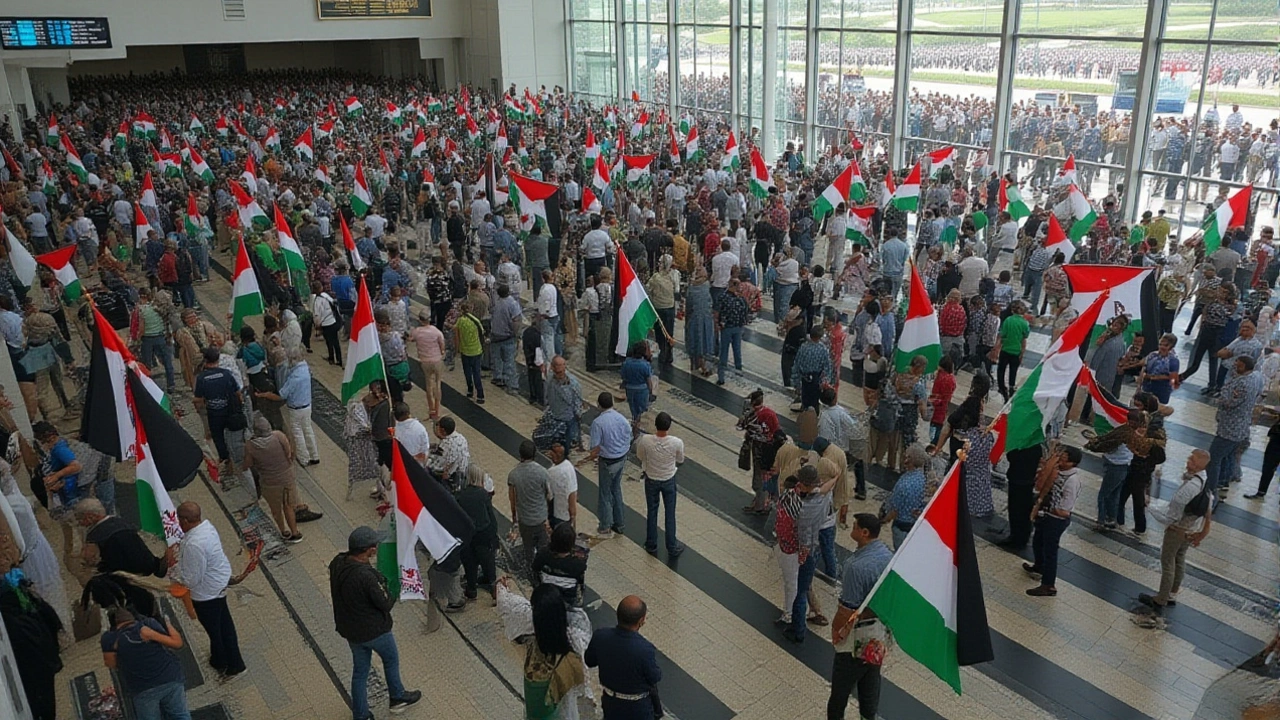Palestinian migration: Understanding displacement, roots, and modern movements
When we talk about Palestinian migration, the large-scale, ongoing movement of Palestinians due to conflict, occupation, and loss of land. Also known as Palestinian displacement, it’s not just a historical event—it’s a living reality for over 7 million people who live outside their ancestral homes. This isn’t about choice. It’s about survival. Since 1948, generations have been uprooted, blocked from returning, or pushed into overcrowded camps because their homes were taken, bombed, or declared off-limits. The word "migration" makes it sound voluntary. It’s not. This is forced movement, shaped by war, borders drawn by outsiders, and policies that treat people as problems instead of people.
The Gaza Strip, a narrow coastal territory where over 2 million Palestinians are trapped under blockade. Also known as Gaza, it’s become one of the most densely populated places on Earth, with limited access to clean water, electricity, and medical care. People there don’t migrate because they want to—they migrate because staying means risking death. The West Bank, the other major Palestinian territory, divided into zones where movement is controlled by checkpoints and military orders. Also known as Cisjordan, it’s not a free zone either. Palestinians here need permits just to travel between towns, let alone leave the country. Many end up in Jordan, Lebanon, Syria, or further abroad—not because they chose to leave, but because their options vanished.
What you see in the news—bombed homes, refugee convoys, protests at borders—is the tip of a decades-long story. Families carry keys to houses they haven’t seen in 70 years. Children are born in refugee camps and never know what it’s like to live in the place their grandparents called home. The refugee crisis, the global humanitarian emergency caused by the mass displacement of Palestinians and their descendants. Also known as Palestinian refugee situation, it’s the longest-running displacement crisis in modern history. The UN still lists over 5.9 million registered refugees. Most were never given a chance to go back. Most won’t see peace in their lifetime.
What you’ll find in the articles below isn’t just headlines. It’s personal stories, policy breakdowns, and real-time updates from people living this reality. You’ll see how Gaza’s latest war reshapes migration patterns. You’ll read about families trying to cross borders with nothing but documents and hope. You’ll learn how countries respond—some offer shelter, others close doors. There’s no single answer here. But there are truths. And they’re all connected to the same question: What happens when a people are told they don’t belong where they’ve always lived?

